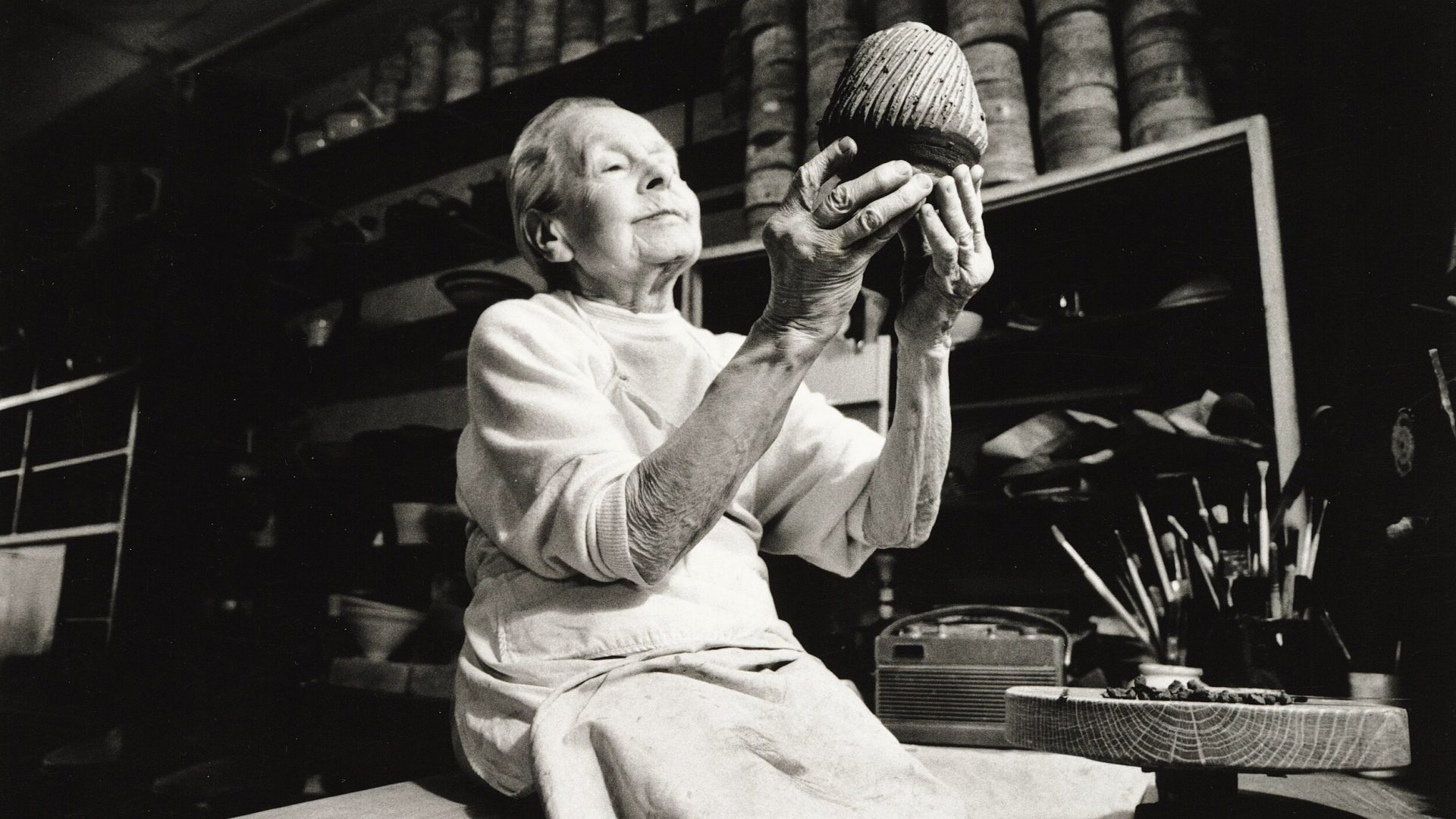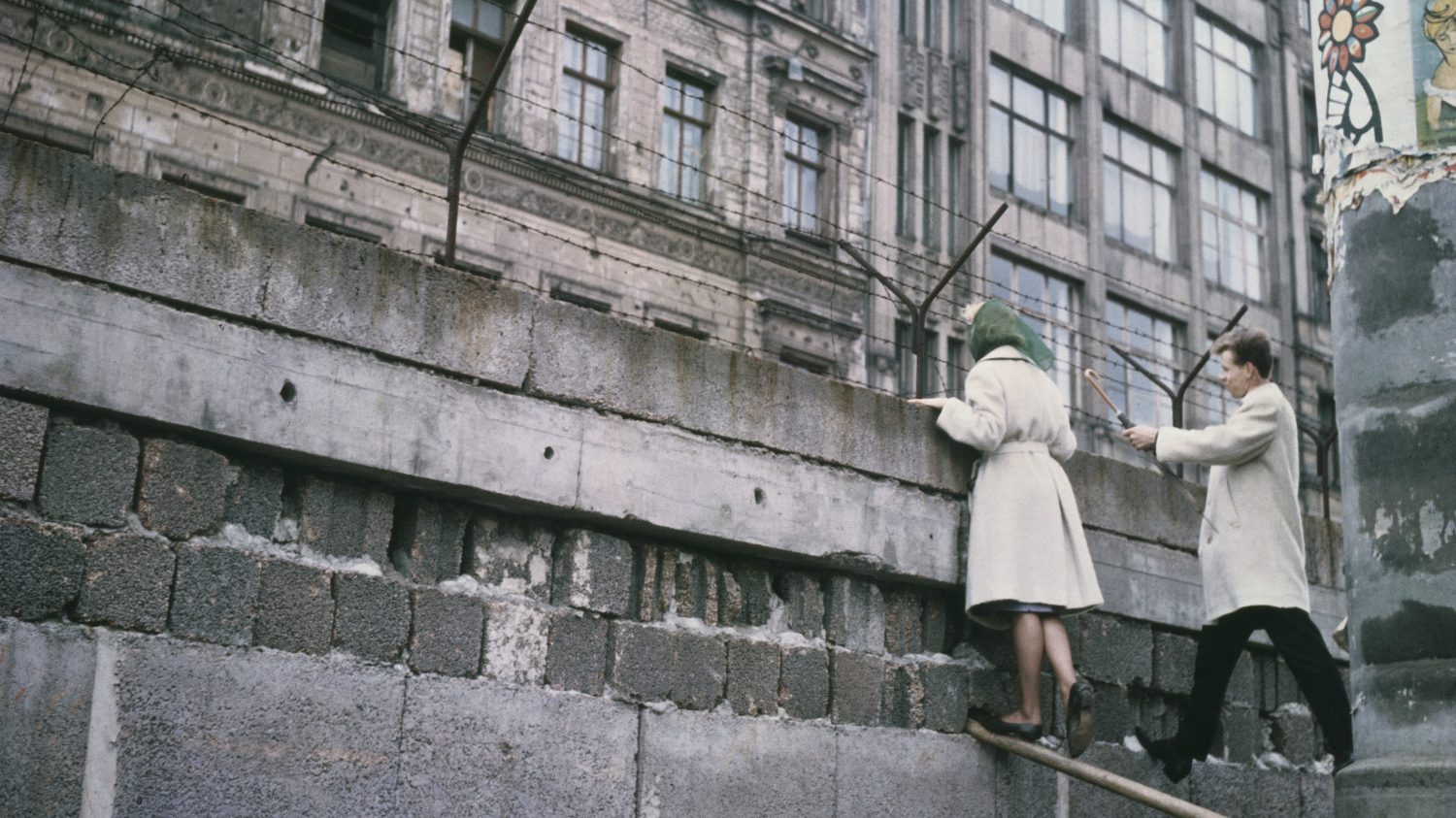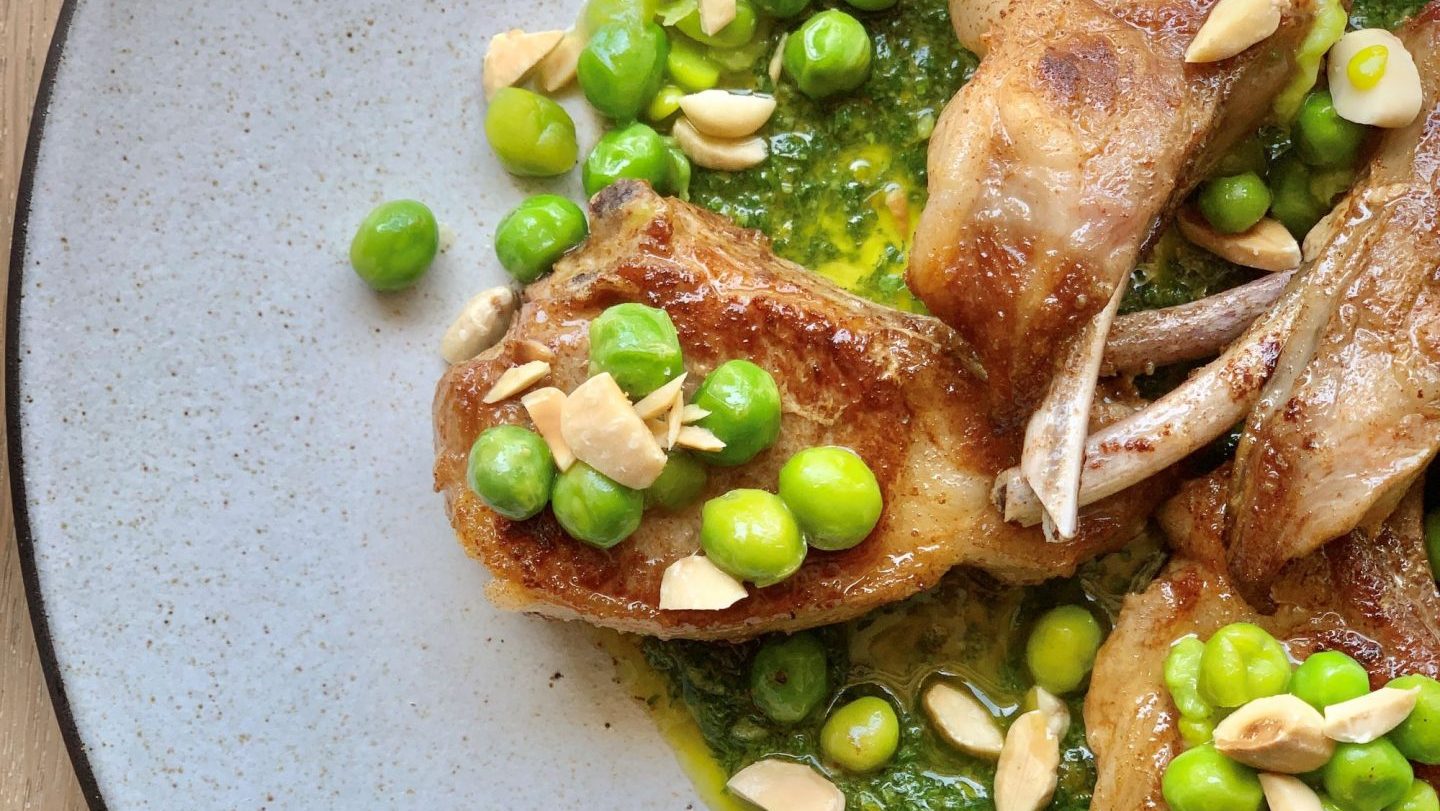Urbane, minimal, and deeply Viennese, a Lucie Rie coffee service in postwar London sounds like the proverbial fish out of water. But just as the Jewish emigrés who came to London in the 1930s brought a new vibrancy to the city’s cultural and intellectual life, Rie’s tableware soon became a symbol of youthful, metropolitan style. Stocked at Heal’s and Liberty, her clean lines, neutral palette and characterful finishes suited the modernist interiors of the 1950s, a world apart from London’s drab, bomb-scarred streets.
The woman herself was as paradoxical as her pots: a naturalised British citizen since 1948, awarded an OBE in 1968 and made a dame in 1991, she was celebrated in her lifetime as one of this country’s finest creative talents.
But she was an outlier nevertheless, her upstairs sitting room near Marble Arch described by potter Edmund de Waal as “her bit of moderne Vienna”, a little corner of the city she had been forced to flee to following the annexation of Austria by Germany in 1938, and the subsequent persecution of its Jewish population. Such a traumatic event obviously left its mark, and in her studio, staffed by fellow emigrés, German was not to be spoken.
An exhibition at Kettle’s Yard, staged in collaboration with MIMA (Middlesbrough Institute of Modern Art) is the first UK survey of the artist’s work for over 20 years, and spans her 60-year career in more than 100 pieces from public and private collections.
Its title, Lucie Rie: The Adventure of Pottery, was something she once said, going on to add that “every new work is a new beginning.”
The spirit of adventure is reflected in a diversity of forms, colours, techniques and finishes that might well surprise even well-informed visitors. The familiar dark glazes, incised with patterns, contrast with impossibly delicate shell pinks, vivid yellows, blues and golds, and an array of textures and surface effects that have been compared to coral, or lava.
The show is concentrated in the purpose-built exhibition spaces at Kettle’s Yard, but several bowls form part of the permanent display in the house, once the home of the collector and “friend of artists” Jim Ede. Ede left the house in the care of Cambridge University in 1973, and today it remains almost exactly as he left it, “a flawless arrangement of art and objects that is still radical in its philosophy of seeking to fuse art with life”, writes director Andrew Nairne.
Here, Lucie Rie’s bowls join works by modern artists including Ben and Winifred Nicholson, Henri Gaudier-Brzeska and Barbara Hepworth, with whom Rie visited Ede in 1976. Her subsequent note to him appears typical of her manner – direct and elusive, all at once.
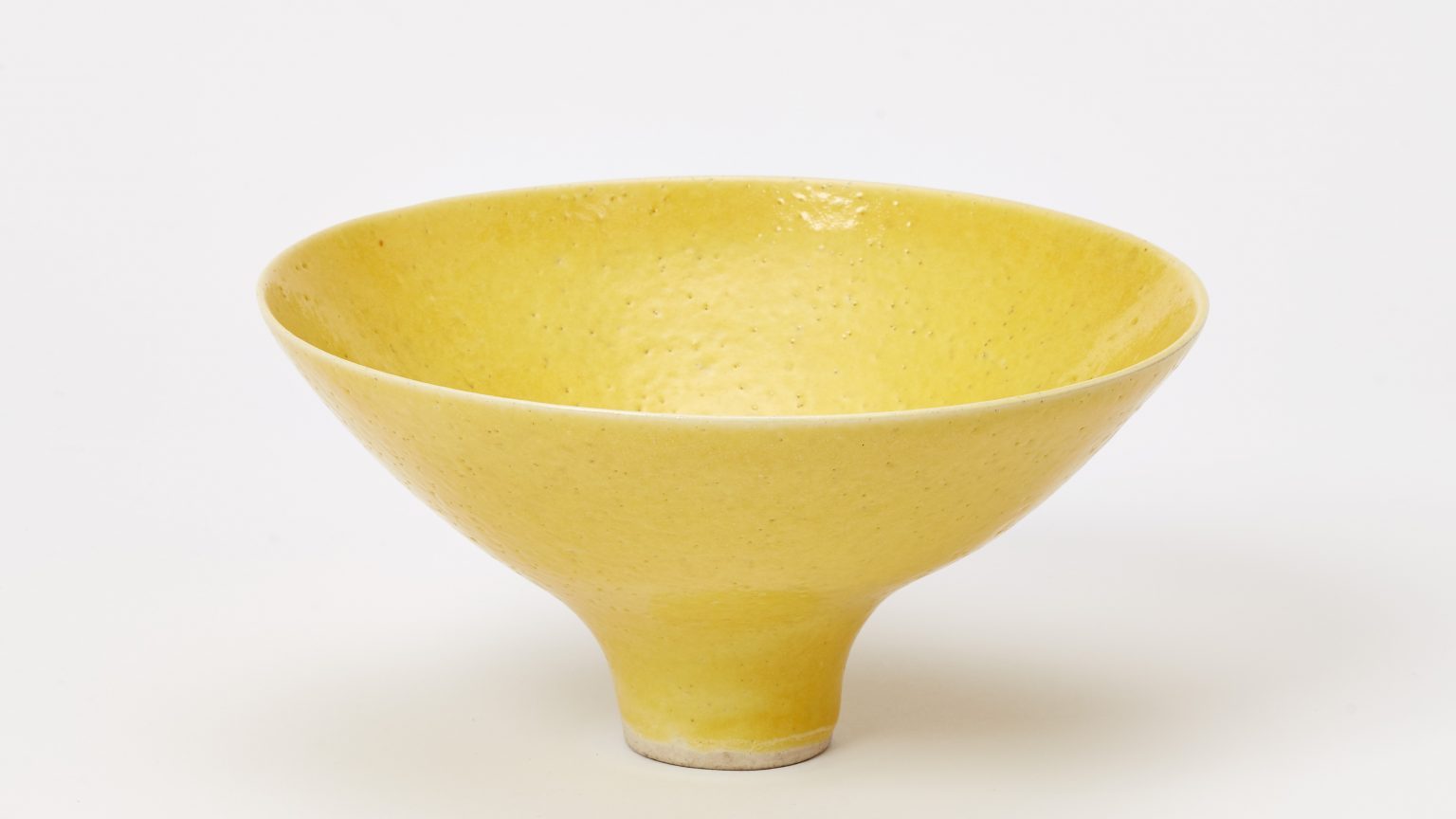
“I enjoyed your card so much – and all the nice things which you say – thank you. And thanks for sending me your lovely pot-pourri – even though it has not arrived – your idea to send it was very kind and sweet and gives me a lot of pleasure.”
For Edmund de Waal “direct” is not quite the word and he describes Rie as having been, even in old age, “dauntingly rude.” In a film made for the BBC by David Attenborough in 1982, she is so tiny that on reaching into the kiln to retrieve a batch of pots her feet leave the ground, and she has to ask Attenborough to hang on to her legs. He sits awestruck, while she corrects his observations, and deflects every question with quiet amusement and cryptic replies.
“I like to make pots – but I do not like to talk about them,” she once said, and so perhaps it is just as well that her pots are expressive enough that they can narrate their own adventure. A pot from 1926, made when she was 24 years old, has a subdued flamboyance she clearly left behind on graduating that same year, from the Vienna Kunstgewerbeschule, effectively a feeder school for the Wiener Werkstätte (the Vienna Workshop).
Rie’s early ambitions to be a sculptor found expression in her pottery from the outset, and when she set up her own studio after graduating, her vessels were characterised by an emphasis on simple forms and coarse-textured surfaces. Though their austere, functional designs comply with the utilitarian principle associated with the Wiener Werkstätte and the wider Arts and Crafts movement, Edmund de Waal points out that by the time Rie had started her training in the 1920s, “the ‘purist phase’ of Viennese applied arts had passed and there was a bewildering catholicity of styles.”
Rie’s reputation was considerable by the time she and her husband Hans escaped to London in October 1938, settling at 18 Albion Mews near Marble Arch, which would remain her address for the rest of her life. The accolades of the preceding decade or so counted for little in London, and she sought the advice of Bernard Leach, the leading light of British pottery, and chalk to Rie’s cheese. If Rie was the epitome of urban sophistication, Leach, from his pottery in Cornwall, employed a rustic aesthetic, albeit one that drew on a range of influences, including from east Asia.
Rie’s pots, said Leach, had “no humanity”, and would be improved with thicker walls. The outbreak of war in 1939 made such discussions academic, and Rie was designated an “enemy alien”, and denied the licence needed to make pots. As an alternative, she began making buttons for the fashion industry, a wonderful assortment of which are on display, some like miniature dishes, others inspired by natural forms like seed pods. The variety of finishes she was required to produce demanded all her precision and expertise, and helped to hone skills that she would later apply to her pots.
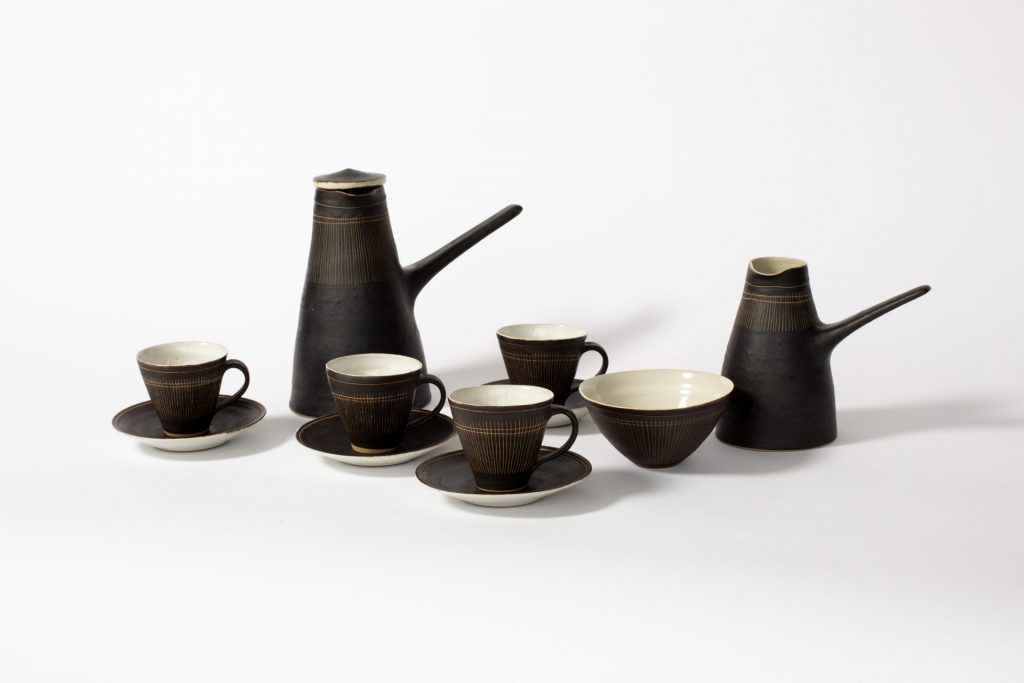
The little button factory at Albion Mews employed a team, one of whom was the German emigré Hans Coper (1920-81) who, having arrived in London with no experience as a potter, would soon become Rie’s esteemed collaborator and one of the great names of 20th-century studio pottery.
The Marble Arch premises were cramped and, to the prevailing wisdom, completely unsuitable as a pottery. But the constraints of an urban practice sparked some of Rie’s most important innovations, including her method of applying a glaze – a material that imparts colour and texture to ceramics – to unfired pots. This, it seems, was something that she began to do in Vienna, where her kiln was a tram journey away across the city.
Applying the glazes before firing the pots just once was not only a way to cut down on journeys between studio and kiln: writing in the accompanying book, Nigel Wood explains that this system made production faster, allowing her to make a speedy assessment and response. “For a potter who experimented constantly through her working life this was a significant advantage.”
Alun Graves, author of a new book on ceramics and senior curator at the V&A, which has lent a number of pieces to the exhibition, says that despite Rie’s flair for innovation, she was also interested in a quality of timelessness. “I suspect that the idea that this most ancient of art forms just goes on, and is part of some extraordinary continuum of human creativity, was important to her”, he said.
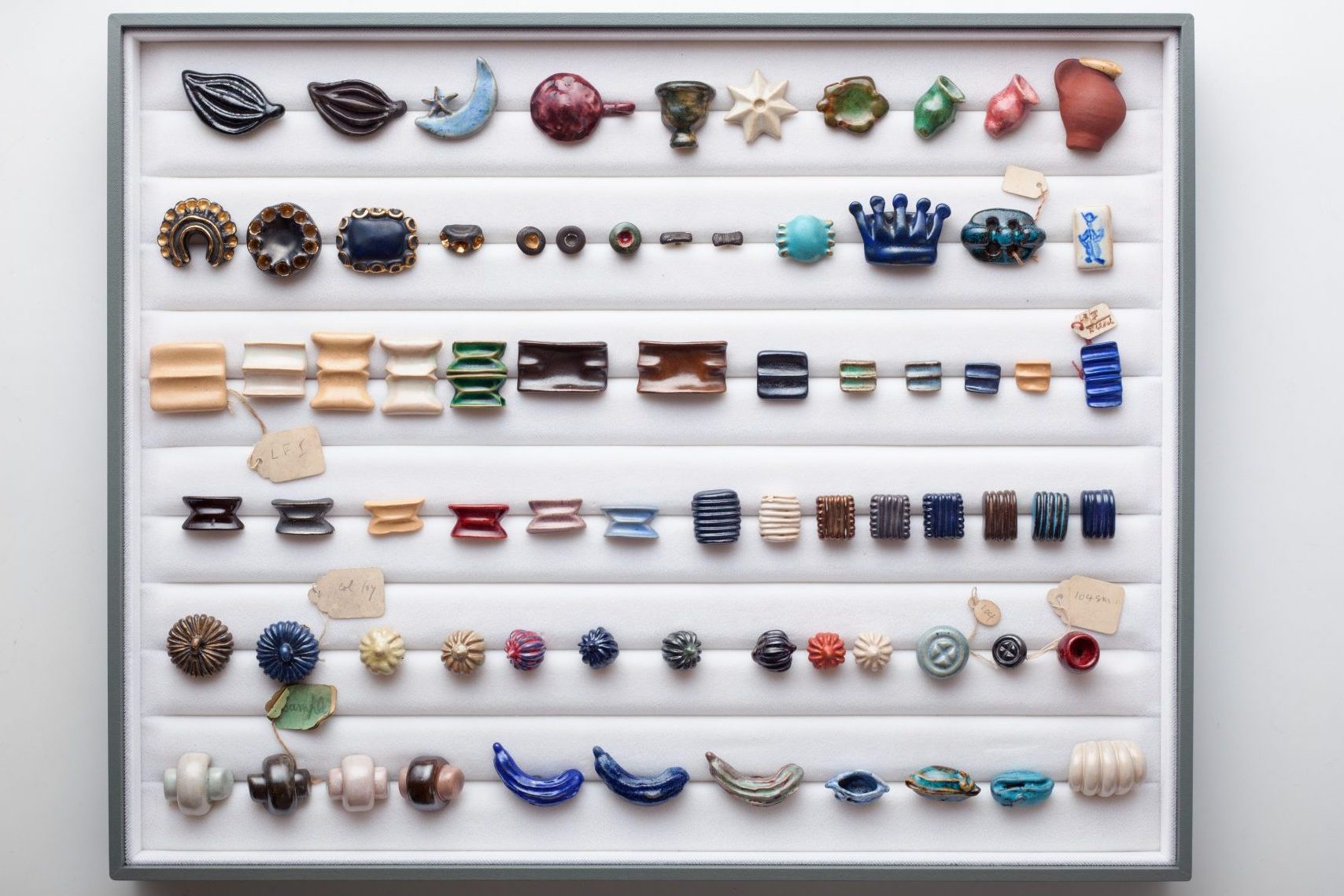
Rie found inspiration in the ancient past, and her most distinctive decorative technique from the 1950s – linear designs scratched into the glaze – was inspired by a visit to Avebury with Hans Coper, where they saw Bronze Age pots decorated with incised patterns.
Despite Rie’s reputation as an urban maker, the timelessness of her work often resides in shapes and colours derived from nature, inspired no doubt by her own collection of shells, minerals, pebbles and corals. Perhaps her personal connections provide a gauge for the complexities of her work: Bernard Leach, who had delivered a crushing blow to Rie’s confidence in his criticism of her work, became her lifelong friend and at points her lover – a relationship documented in letters written from the 1940s until Leach’s death in 1979.
Lucie Rie: The Adventure of Pottery at Kettle’s Yard, Cambridge until June 25.
Studio Ceramics: British Studio Pottery 1900 to Now by Alun Graves, foreword by Tanya Harrod, published by Thames & Hudson, April 6, £65 hardback


